Join our Newsletter receive 🎁
What business models dominate the fashion industry? A guide for future entrepreneurs
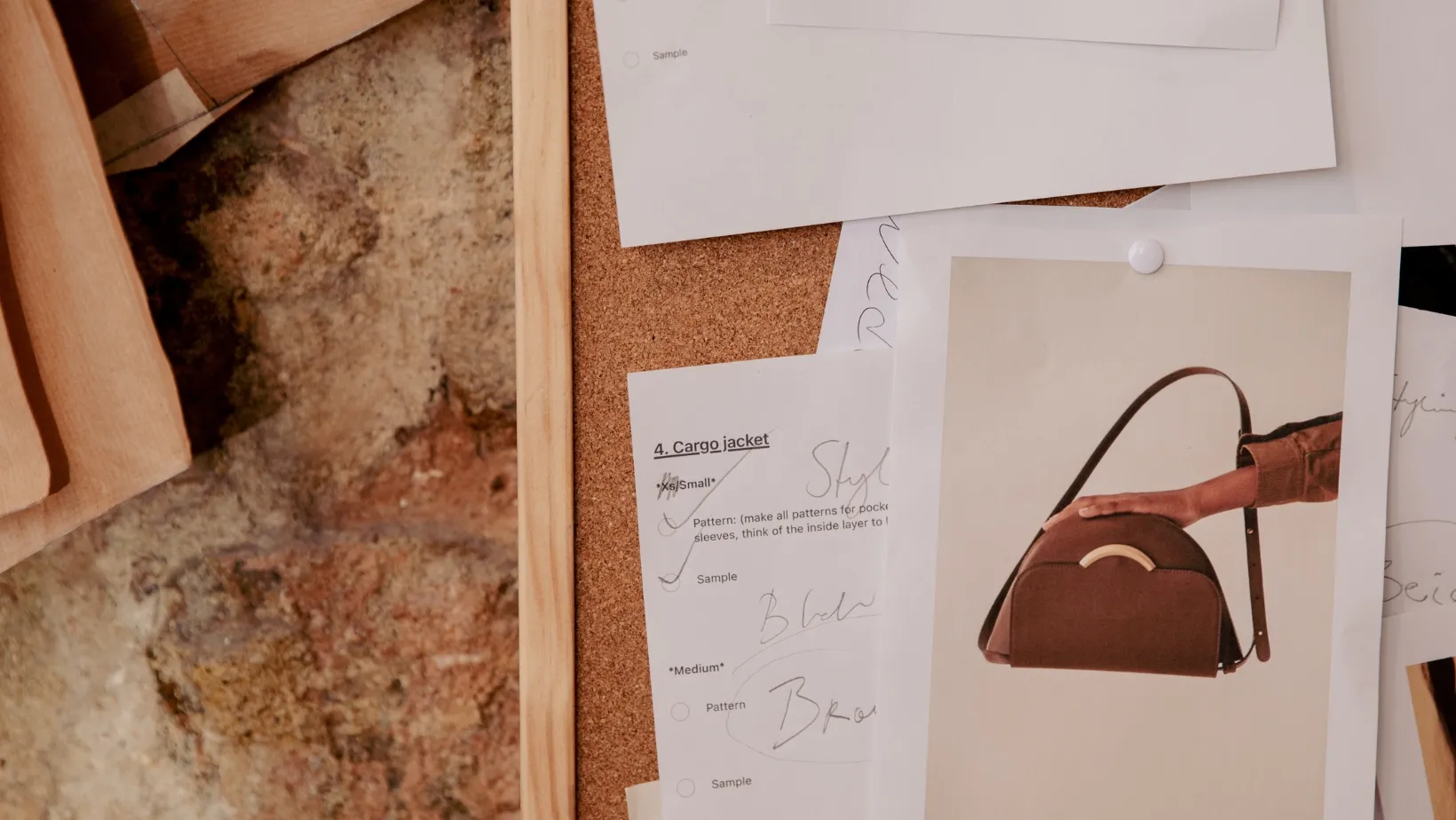
Fashion is not just about designing and selling clothes - it is an elaborate web of relationships, business models and strategies that influence how brands operate and succeed. In today's world, fashion companies are not limited to a single business model - from fast fashion to luxury brands, from stationary shops to e-commerce, from large chains to the direct-to-consumer model. Each of these models has its own advantages, disadvantages and unique strategies.
Contents of the article
- 1. Fast fashion vs. slow fashion - two opposing models
- Slow fashion - quality, ethics and longevity of clothes
- Advantages of Slow Fashion:
- Slow fashion disadvantages:
- 2. Modele DTC (direct-to-consumer) – sprzedaż bez pośredników
- Advantages of the DTC model:
- Disadvantages of the DTC model:
- 3. luxury brands vs. mass market - differences in strategy and pricing
- Mass market - scale and accessibility
- Which business model is best?
Today we will look at the most important business models in fashion and their impact on the market.
1. Fast fashion vs. slow fashion - two opposing models
Fast fashion - mass production and dynamic trends
Fast fashion is a model based on the rapid production of clothes inspired by trends straight from the catwalks. Fast fashion brands update their collections even every few weeks, adapting to the rapid changes in fashion.
📌 Examples of brands: Zara, H&M, SHEIN, Mango
Advantages of fast fashion:
- Quick response to trends - consumers get fashionable clothes in a short space of time.
- Low prices - products are available to a wide range of customers.
- Large scale production - high returns thanks to global reach.
Disadvantages of fast fashion:
- Environmental problems - overproduction and pollution.
- Quality of clothes - clothes are often made from cheap materials, making their lifespan short.
- Working conditions - production in countries with low labour costs raises ethical controversies.
Slow fashion - quality, ethics and longevity of clothes
The slow fashion movement, which focuses on sustainability, high-quality materials and ethical production, has emerged in response to the fast pace of fast fashion production.
📌 Examples of brands: Elements, Patagonia, Everlane
Advantages of Slow Fashion:
- High -quality products - better materials and careful workmanship.
- Less environmental pollution - limitation of overproduction.
- Transparency and ethics - customers know where and where clothes are created.
Slow fashion disadvantages:
- Higher price - the products are more expensive than in Fast Fashion, which limits the group of recipients.
- Longer production time - no immediate response to changing trends.
- Less availability - often a limited number of collections and no mass distribution.
📌 Conclusion: Fast Fashion is a model based on mass sales and a fast production cycle, while Slow Fashion focuses on quality and sustainable development. Both models have their supporters and opponents, and many brands try to find a golden mean between them.
2. DTC models (Direct-to-Consumer)-sale without intermediaries
Traditionally, fashion brands sold their products through intermediaries such as multibrand shops, department stores or e-commerce platforms. The DTC (direct-to-consumer) model involves selling directly to the customer, most often through their own online shops.
📌 Examples of DTC brands: Glossier, The Odder Side, Warby Parker
Advantages of the DTC model:
- Greater control over the brand - the company decides on pricing, marketing strategy and customer relationships.
- Better margins - no middlemen means more profit for the brand.
- Personalisation - direct selling allows you to better understand your customers' needs and tailor your offer.
Disadvantages of the DTC model:
- Greater logistical challenges - brands have to manage warehouses and shipping themselves.
- High marketing costs - selling online requires a strong social media presence and investment in advertising.
- Lack of immediate visibility - consumers have to find the brand themselves, which can be more difficult than walking into a large shop.
📌 Conclusion: the DTC model allows brands to maintain full control over sales and image, but requires investment in digital marketing and e-commerce.
3. luxury brands vs. mass market - differences in strategy and pricing
Luxury brands - prestige, exclusivity, tradition
Luxury brands operate according to a completely different model to the mass market. Instead of rapid production and cost-cutting, they focus on quality, craftsmanship and limited availability.
📌 Examples of brands: Chanel, Louis Vuitton, Balenciaga
Features of luxury brands:
- Limited availability - exclusivity increases the value of the product.
- History and tradition - premium brands often have a long history and build their image around heritage.
- High margins - luxury brands can afford high prices due to their exceptional quality and position in the market.
📌 Conclusion: the strategy of luxury brands is to build image and prestige rather than mass sales.
Mass market - scale and accessibility
Mass market (mass market) are brands that target a wide audience and sell products in large quantities. Production is optimised and prices are much lower than for luxury brands.
📌 Examples of brands: Zara, H&M, Levi's
Features of a mass market:
- Accessibility - brands have multiple shops and sell products online.
- Quick response to trends - collections are updated regularly.
- Lower prices - large-scale production allows lower unit costs.
📌 Conclusion: the mass market relies on large scale and competitive prices to reach a wide range of customers.
Which business model is best?
✔ Fast fashion or slow fashion? - Fast fashion is about scale and accessibility, slow fashion is about quality and ethics.
✔ DTC or selling through intermediaries? - Direct-to-consumer gives more control, but requires strong marketing.
✔ Luxury or mass market? - Luxury brands build prestige, while mass brands rely on broad sales.
Each business model has its advantages and challenges - the key to success is to choose the right strategy for the target audience and brand values.
Subscribe to Fashion Editorial and stay up to date with the world of fashion!
Get the latest news from the world of fashion - trend analysis, exclusive reports and alerts on key industry events.
🎁 Gift for subscribers!.
No spam, only valuable content! We do not share your data with third parties. By subscribing, you agree with our Privacy Policy.
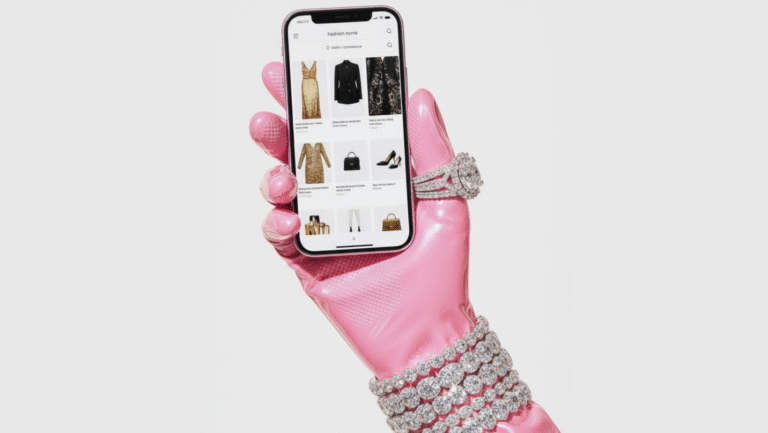
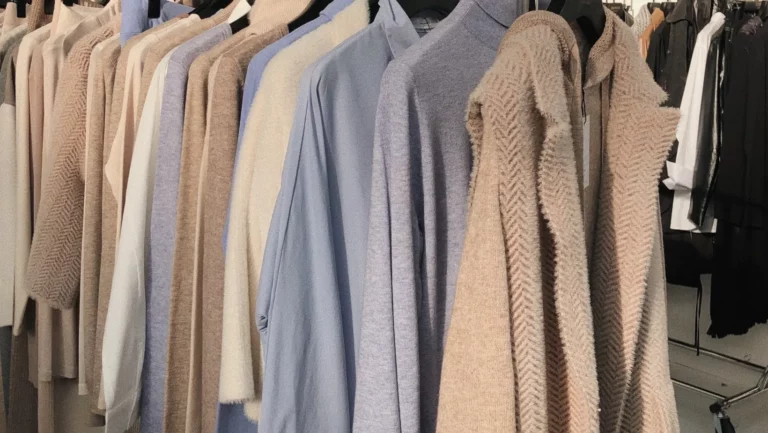
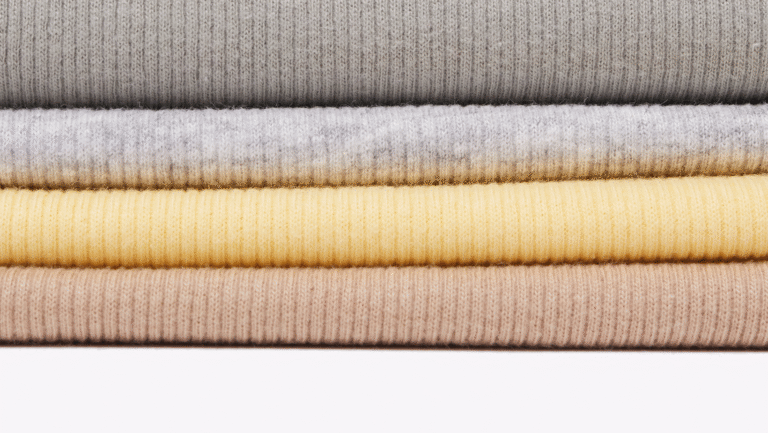
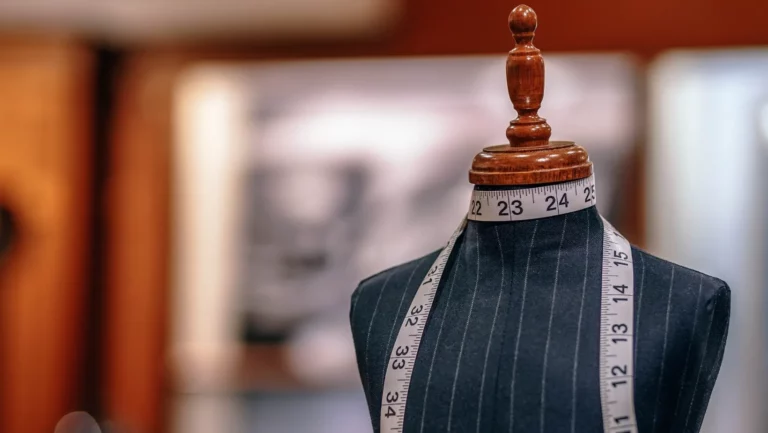
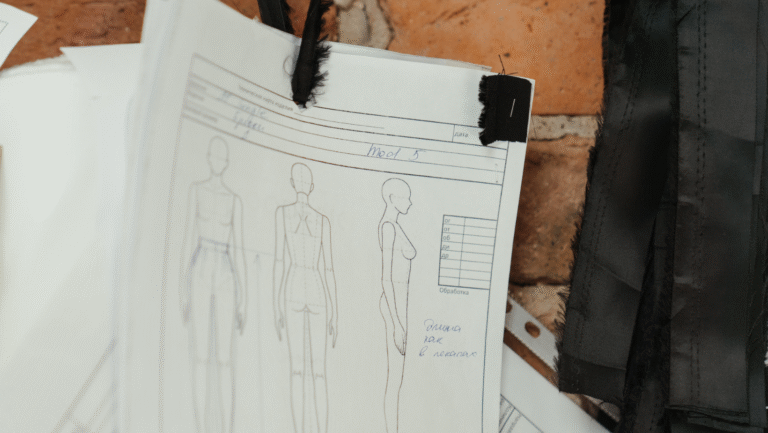
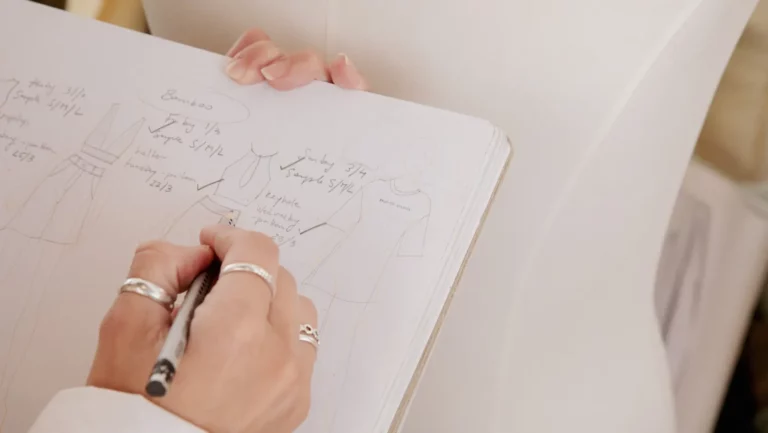
Add your first comment to this post